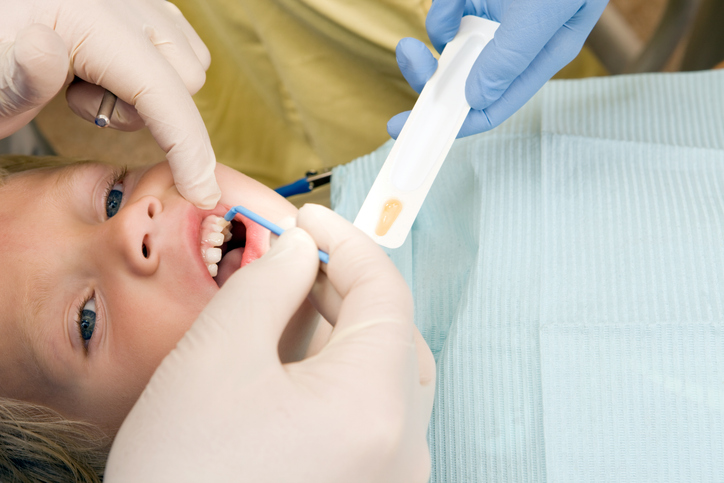
Cary pediatric dentistry prioritizes your child’s health, and fluoride treatments play a key role in maintaining strong teeth. Your child’s dental health is your priority, and fluoride helps protect against cavities. Kids often struggle to maintain perfect brushing habits. Fluoride provides an extra layer of defense. It’s like a trusted shield. Tooth decay can cause pain and lead to bigger problems. Fluoride treatments help prevent this. Regular treatments now can save both discomfort and future dental work. These treatments are simple and quick. They fit easily into a regular dental visit without causing anxiety. The importance of dental care during childhood is clear. Early habits set the foundation for lifelong oral health. Fluoride stands as a cornerstone in this journey, offering both protection and peace of mind. You want the best care for your child, and fluoride treatments offer a proven way to support healthy smiles.
1. Cavity Prevention
Children are prone to cavities due to developing teeth and inconsistent brushing. Fluoride makes tooth enamel stronger and more resilient to the acids that cause decay. This mineral plays a crucial role in reducing the risk of cavities. When fluoride is applied, it integrates with the enamel, effectively reversing early signs of decay and preventing its progression.
According to Centers for Disease Control and Prevention, children who receive regular fluoride treatments have fewer cavities. Even when brushing habits aren’t perfect, fluoride continues to protect. This reliability makes it an invaluable tool in pediatric dentistry.
2. Cost-Effectiveness
Fluoride treatments are a cost-effective approach to dental care. They help avoid the financial burden of extensive dental procedures that untreated cavities may require. Preventing cavities reduces the need for fillings, crowns, or extractions, all of which involve higher costs and more time in the dental chair.
The cost of regular fluoride treatments is minimal compared to the expense of treating cavities. This makes fluoride a wise investment in your child’s health. More importantly, it means fewer painful experiences for your child.
3. Safe and Painless
Fluoride treatments are safe and painless, making them ideal for kids who might be apprehensive about dental visits. The process is quick and straightforward. Dentists apply a small amount of fluoride gel, foam, or varnish to the teeth, which hardens in seconds.
This pain-free procedure reduces anxiety and builds a positive relationship with dental care. The simplicity and safety of fluoride treatments offer children an easy path to maintaining optimal oral health while fostering a lasting routine of regular dental visits.
4. Long-Term Benefits
Fluoride treatments offer long-term benefits that extend beyond immediate cavity prevention. Regular fluoride application during childhood can lead to healthier teeth in adulthood. Strong enamel formed during these treatments provides lasting protection as children grow.
Fluoride’s benefits are cumulative. As children receive treatments over time, they experience less decay and maintain stronger teeth. This foundation supports lifelong oral health and helps avoid more serious dental issues later.
Comparison of Costs and Benefits
| Treatment Type | Average Cost | Benefits |
|---|---|---|
| Fluoride Treatment | $20-$50 per session | Prevents cavities, strengthens enamel, cost-effective |
| Filling | $90-$250 per tooth | Repairs damage from cavities |
| Crown | $500-$2000 per tooth | Protects damaged tooth |
The table highlights the affordability of fluoride treatments relative to other dental procedures. By preventing cavities, fluoride helps avoid more invasive and costly treatments.
Fluoride treatments offer essential protection for your child’s teeth. They prevent cavities, are cost-effective, safe, and provide long-term benefits. Starting these treatments early ensures strong, healthy teeth for life. Trust in the benefits of fluoride as a key part of your child’s dental routine.
For more on children’s dental health, visit the National Institute of Dental and Craniofacial Research.